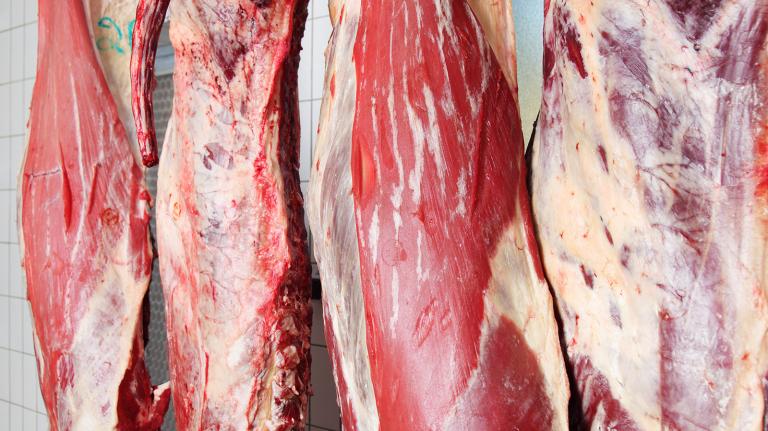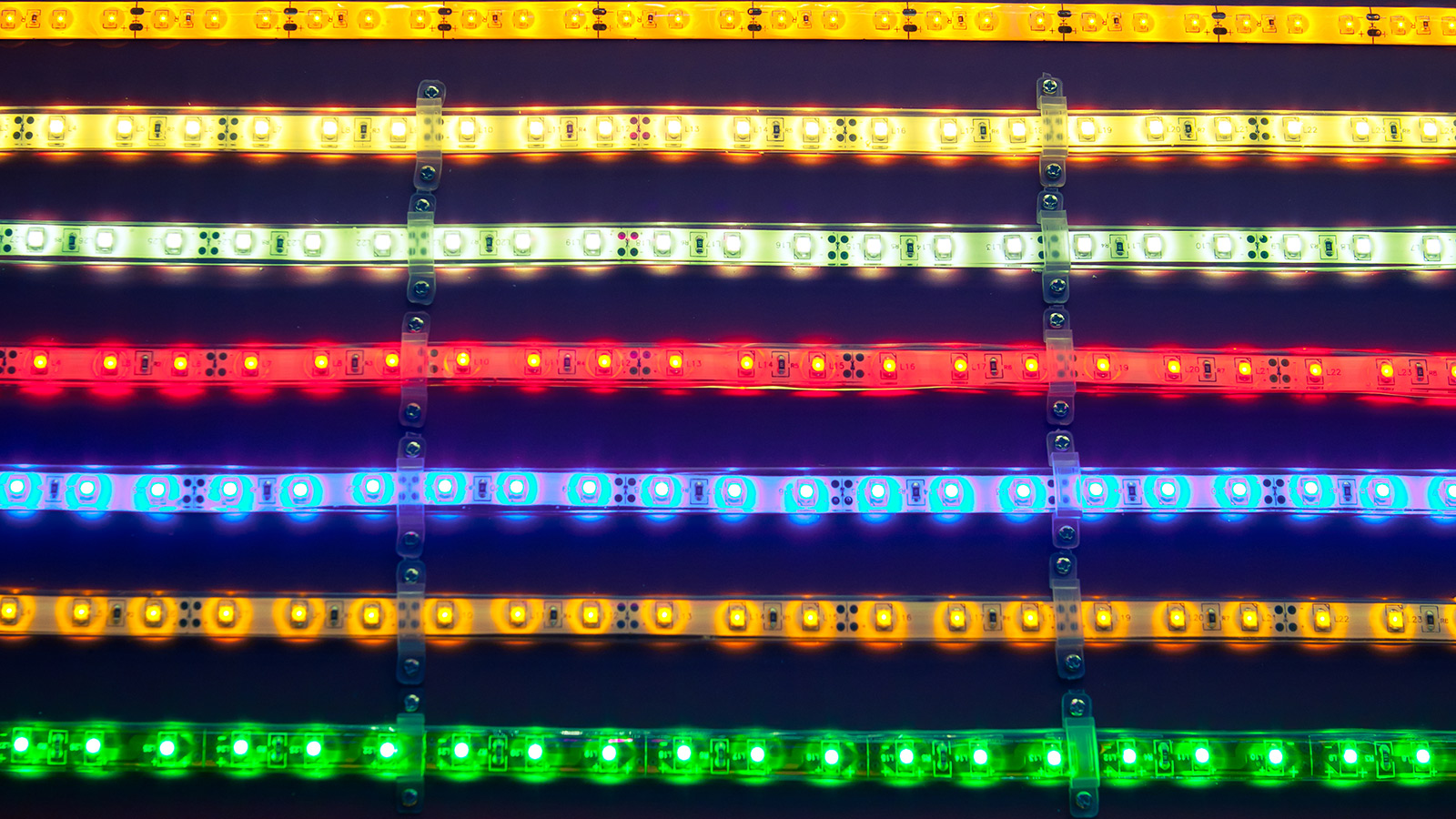What’s the secret to growing fantastically flavorful or even extra nutrient-dense fruits and veggies? According to the Netherlands’ GrowWise Center urban farming research lab, it’s all about light, Fast Company reports. The center, owned by Philips Lighting, is experimenting with “light recipes,” which substitute red and blue LED lights for sunlight.
Basically, the colored bulbs act like a HappyLight for plants – but instead of treating seasonal affective disorder, the LEDs can make bruschetta sweeter (and even more nutritious) and change the taste of salad greens. Fast Company has the delicious results:
“We can tailor these recipes to the photosynthesis response of the plant,” says [Gus van der Feltz, Philips global director of city farming]. “By being able to tweak the spectrum—the color the plants see—and put the lights exactly where they need it, we can dramatically increase yields and improve fruit density and quality.”
By changing the mix of lights, tomatoes can grow with more vitamin C. Basil gets tastier. The lights can be used as a supplement in more traditional greenhouses, but are even more effective in a closet-like vertical farm with no natural light.
“In a vertical farm, the complete growing environment can be controlled, and we can find even more ways to tweak,” he says. “We can grow the same lettuce two different ways: One is soft and buttery and has a very mild taste, the other way is crispier and maybe a little bitter. We can cater to different people.”
The farm isn’t just a foodie’s fever dream, either — GrowWise’s vertical farming methods have practical applications, too, such as cutting back on water usage, minimizing the use of pesticides, and figuring out how the heck we can feed the world. Side effects may also include crops being less likely to binge on chocolate, obsessively watch Friday Night Lights, and pick fights with their boyfriends.




